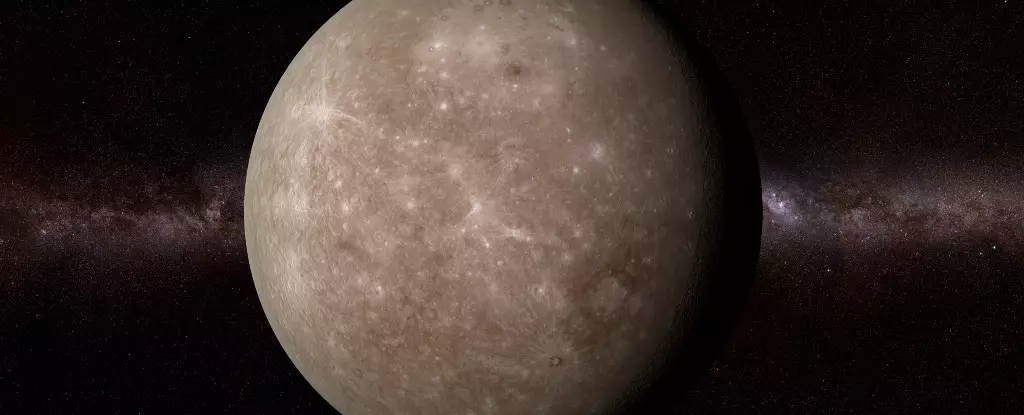Mercury, the smallest planet in our Solar System, has long been a subject of fascination for scientists. Recent simulations of Mercury’s formation have revealed a surprising possibility – that the planet’s core may be enriched with a 15-kilometer thick layer of solid diamond. This hypothetical treasure trove, buried hundreds of miles beneath the planet’s surface, has raised questions about the evolution of rocky planets like Mercury and the source of its magnetic field.
A team of researchers from China and Belgium revisited Mercury’s internal structure based on new gravity field models. They found that if the boundary between Mercury’s core and mantle is deeper than previously believed, the conditions for the formation of various materials within the planet would need to be reevaluated. Data from the MESSENGER missions hinted that the dark patches on Mercury’s surface, believed to be carbon-based graphite, could have originated from the planet’s molten core.
The Surprising Role of Carbon
The presence of significant amounts of carbon on Mercury’s surface is intriguing, as carbon is typically lost during a planet’s formation in the form of gases. However, researchers now speculate that carbon could have crystallized within Mercury’s core and floated up to the mantle, contributing to the formation of graphite on the surface. This new understanding suggests that Mercury may have been saturated with carbon in its early stages, giving rise to the possibility of diamond formation.
Diamond, a solid form of carbon, was previously considered unlikely to form close to Mercury’s core due to insufficient pressures. However, new simulations suggest that under extreme conditions, diamond crystals could have formed within Mercury’s molten core and risen to the mantle alongside graphite. This process could have resulted in a 15 to 18-kilometer thick layer of solid diamond, providing insights into Mercury’s unique internal dynamics.
The presence of a diamond core on Mercury could have far-reaching implications for our understanding of planetary evolution. The exceptional thermal conductivity of diamond could influence models of planetary cooling and the generation of magnetic fields. Despite its small size, Mercury exhibits a magnetic field, making it the only rocky planet besides Earth with a magnetosphere. Understanding the origins of Mercury’s magnetic field and its long-term stability may require a reevaluation of the planet’s internal composition.
The discovery of a potential diamond core on Mercury opens up new avenues for research into the formation and evolution of rocky planets. By reexamining existing data and conducting advanced simulations, scientists are uncovering the hidden secrets of our neighboring planet and shedding light on the complex processes that shape our Solar System’s history.


Leave a Reply